Italy’s coastline stretches over 4,700 miles, wrapping around boot-shaped peninsulas and island shores where centuries of maritime culture have shaped some of the Mediterranean’s most enchanting settlements. From pastel-hued fishing villages clinging to improbable cliffs to ancient harbors where traditions have remained largely unchanged since Roman times, the Italian coast offers experiences that capture both the imagination and the heart.
Away from the metropolitan energy of Rome and Florence, these seaside communities move to the rhythm of tides and seasons, where fishing boats return at dawn and evenings extend into leisurely waterfront passeggiate strolls. Here is a list of 17 captivating coastal towns that showcase the remarkable diversity of Italy’s maritime heritage and natural beauty.
Positano, Amalfi Coast
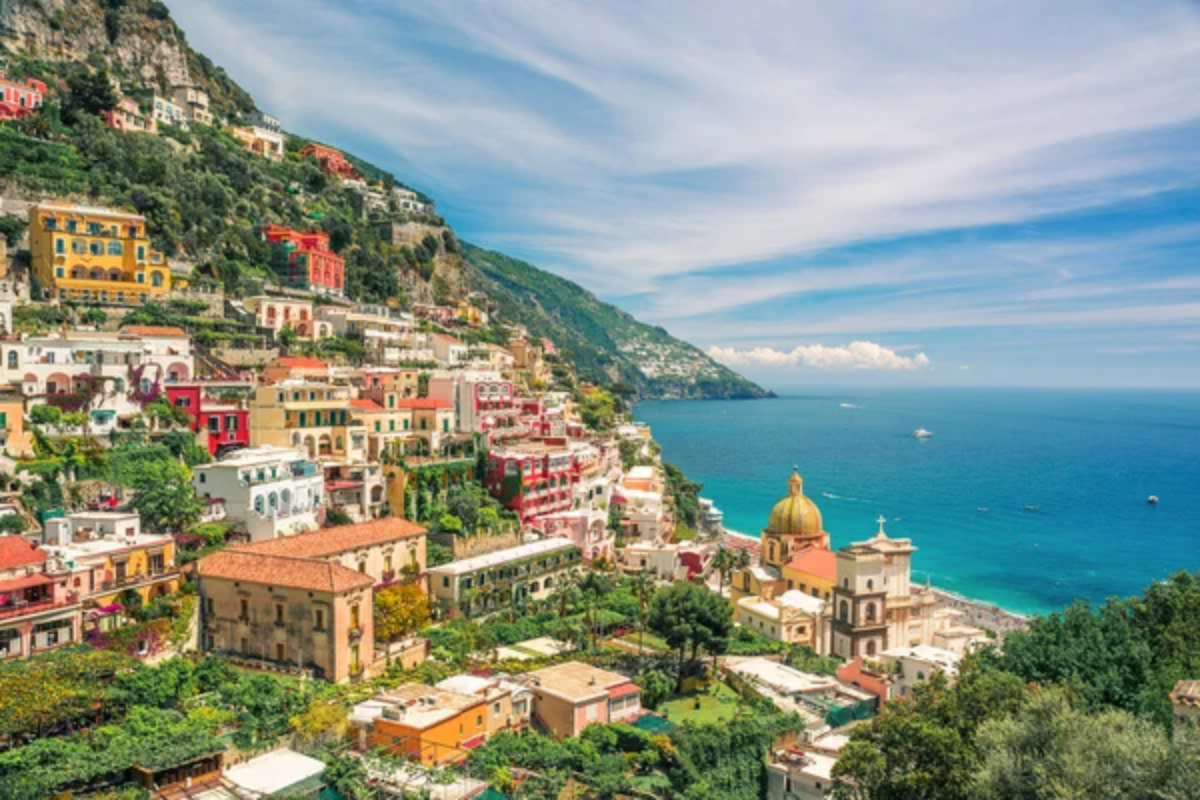
Cascading down a near-vertical mountainside like a pastel-colored waterfall, Positano epitomizes the dramatic beauty of the Amalfi Coast. The village’s distinctive stacked appearance developed from practical necessity—limited flat land forced builders to construct homes and shops that seem impossibly perched above one another.
Narrow pathways and staircases wind between bougainvillea-draped buildings, occasionally revealing breathtaking views across the azure Mediterranean. The town beach—Spiaggia Grande—bustles with activity beneath colorful umbrellas while local boats ferry visitors to hidden coves accessible only by water.
Evening brings a golden glow to the majolica-tiled dome of Santa Maria Assunta church, creating the quintessential Italian coastal scene that has captivated artists and writers for generations.
Portofino, Liguria
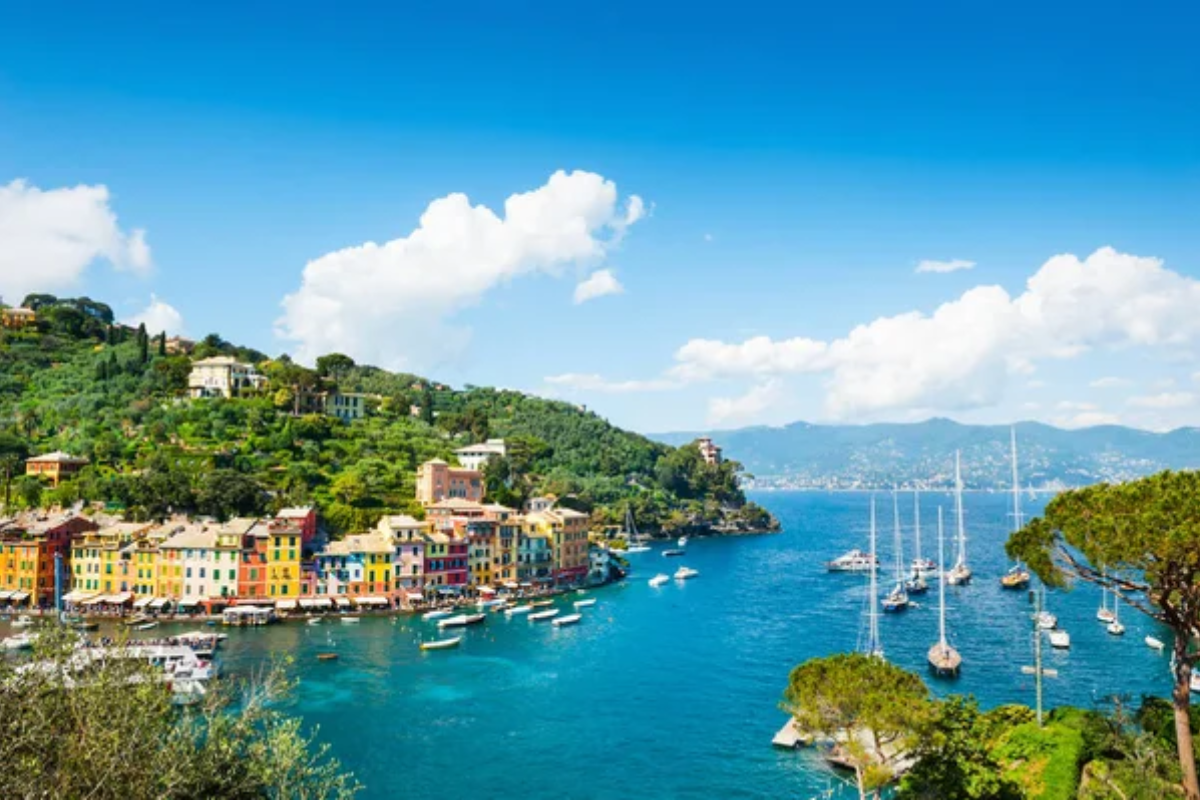
This former fishing village transformed into a luxury harbor without sacrificing its authentic charm. Portofino’s perfect half-moon bay, ringed by pastel buildings and backed by olive-covered hills, creates a natural theater where fishing boats and super-yachts share the crystalline waters.
The village core remains delightfully compact, with a central Piazzetta where cafés serve locally produced wines alongside fresh seafood caught just offshore. A walking path climbs to Castello Brown, offering panoramic views that explain why this tiny settlement became such a coveted destination—the meeting of emerald hills, azure sea, and terracotta rooftops creates an almost impossibly harmonious landscape.
The protected marine reserve surrounding the Portofino promontory features some of the Mediterranean’s most pristine underwater environments, accessible through snorkeling excursions from the harbor.
Like Travel Pug’s content? Follow us on MSN.
Manarola, Cinque Terre
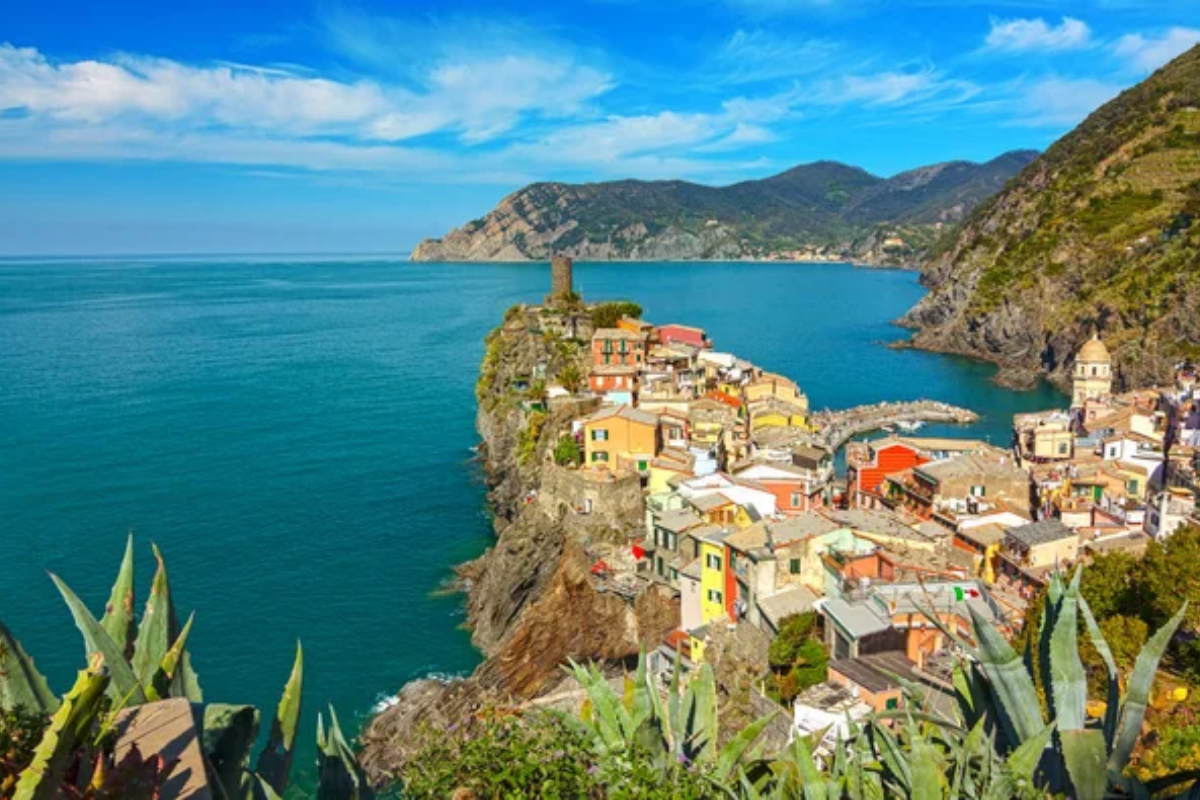
Perhaps the most photogenic of the five famous cliffside villages comprising the Cinque Terre, Manarola presents a vertical tapestry of colorful buildings that appear to rise directly from the rocky coast. The town’s unique geography leaves no room for conventional beaches—instead, swimmers access the crystal-clear water via concrete platforms and rocky outcrops beneath the village center.
Vineyards cultivated on ancient stone terraces blanket the surrounding hillsides, producing the region’s distinctive dry white wines that perfectly complement local seafood specialties. A paved coastal path—the famous Via dell’Amore—once connected Manarola to neighboring Riomaggiore, though recent landslides have closed portions of this romantic route.
Evening brings magical moments as the sunset illuminates the colorful facades, creating reflections in the harbor that double the visual impact of this remarkable settlement.
Tropea, Calabria
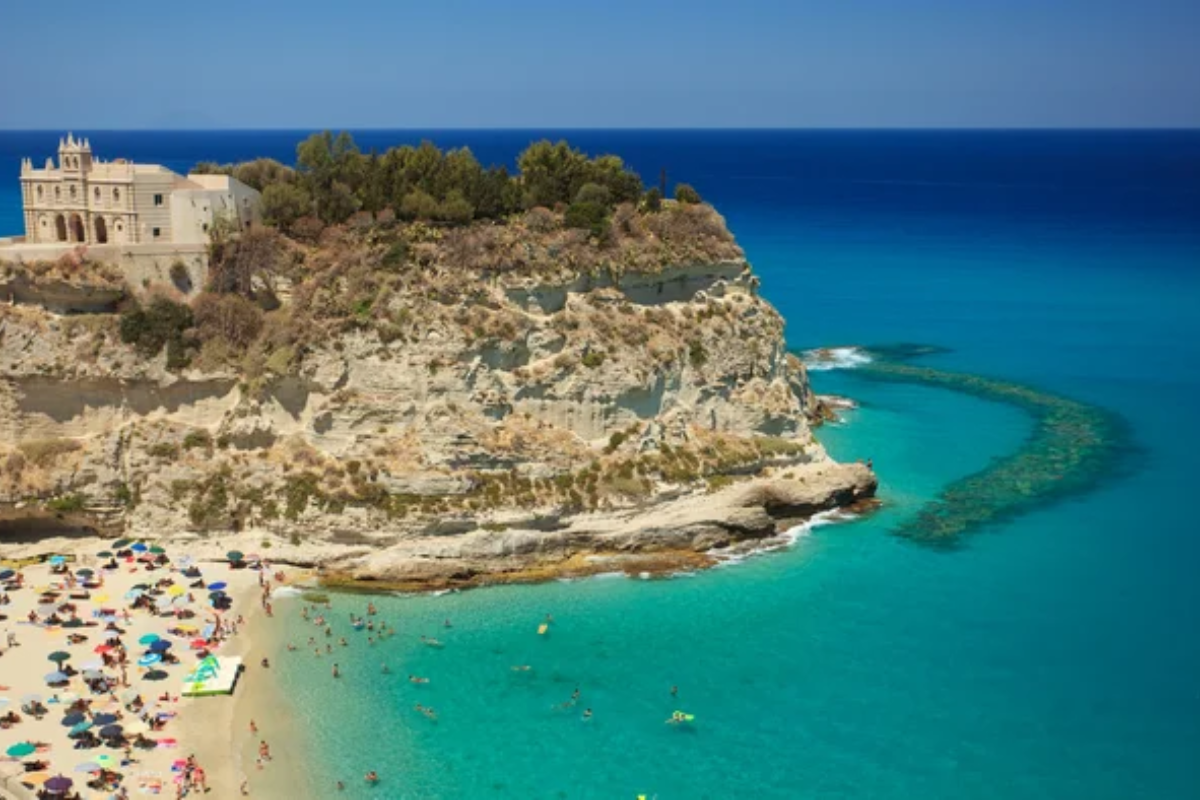
Perched dramatically atop a sandstone cliff overlooking the Tyrrhenian Sea, Tropea combines Southern Italian authenticity with beaches that rival the Caribbean for clarity and color. The historic center sits approximately 100 feet above sea level, creating stunning vantages from numerous viewpoints where the coastline unfolds toward the active volcano Stromboli, visible on clear days smoking on the horizon.
The town’s signature sight—Santa Maria dell’Isola—occupies a rocky outcrop surrounded by turquoise waters, creating an iconic silhouette against the sea. Local agriculture produces the famous red Tropea onions, so sweet they’re made into jam, alongside spicy ‘nduja spread and other distinctive Calabrian specialties served in family-run trattorias throughout the medieval center.
The crystalline waters below town attract swimmers and sunbathers to white sand beaches accessible via stairways cut into the cliff face.
Polignano a Mare, Puglia
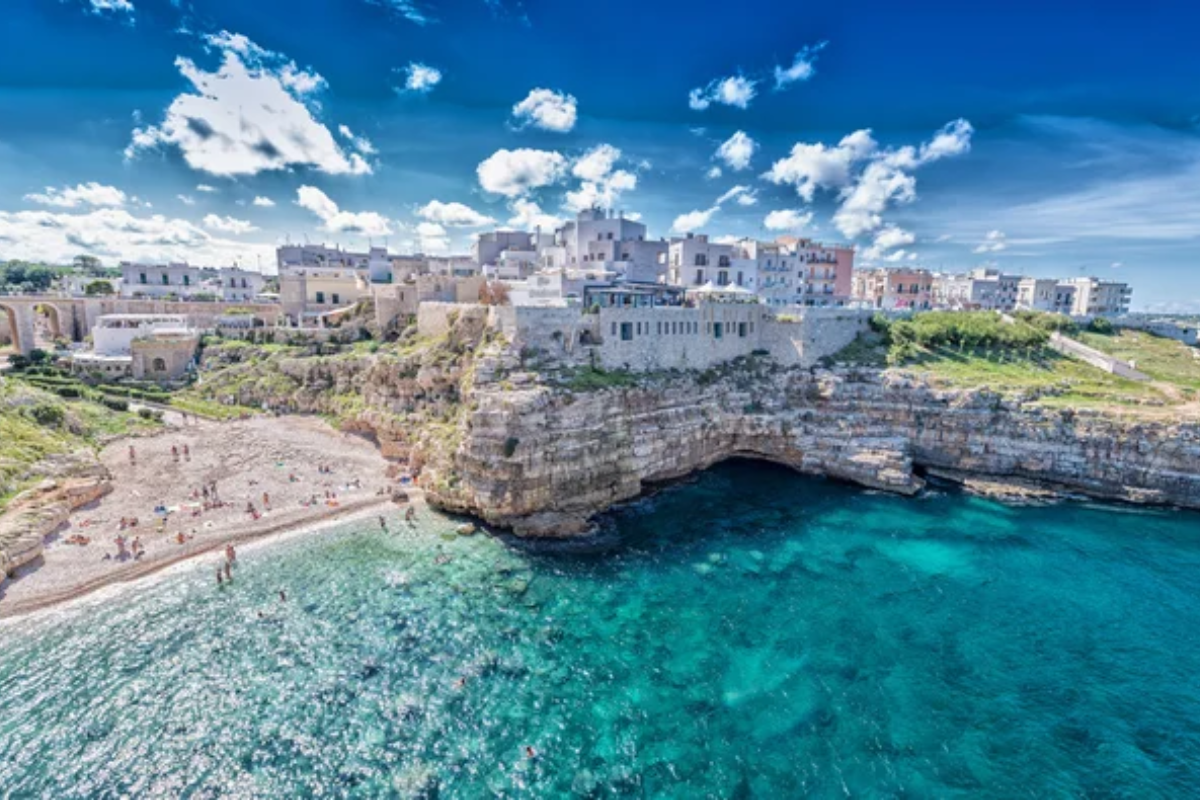
Dramatically situated atop limestone cliffs hollowed by centuries of wave action, this Adriatic gem features whitewashed buildings that appear to hover at the edge of carved stone precipices. The town’s most distinctive feature—Lama Monachile—is a natural rock arch framing a small pebble beach nestled within a cove accessible by an ancient Roman bridge.
Poetry lovers appreciate verses by local poet Domenico Modugno painted across building walls throughout the medieval center, while adventure seekers watch cliff-diving competitions held each summer from dramatic heights above the clear waters. The surrounding coastline features numerous sea caves, including the famous Grotta Palazzese, which houses a restaurant set within a natural cavern where diners enjoy meals while waves crash just feet below their tables.
Like Travel Pug’s content? Follow us on MSN.
Cefalù, Sicily
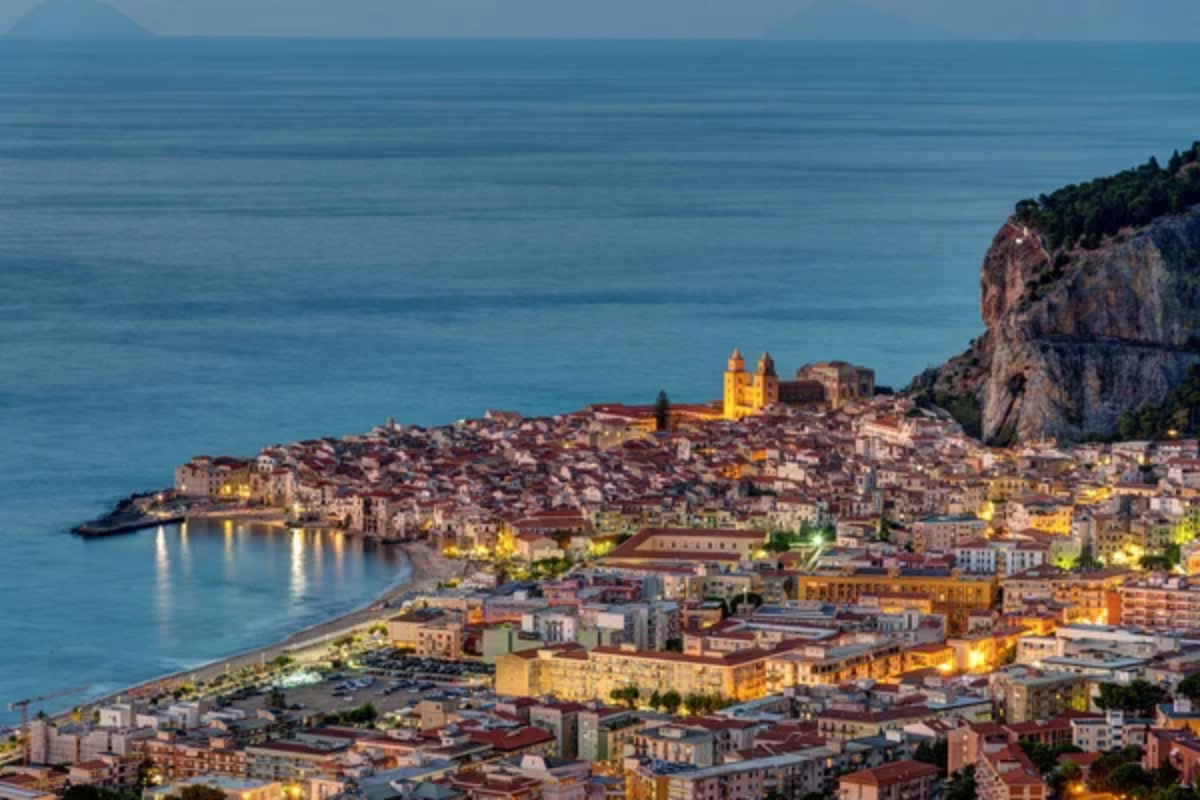
Dominated by a massive Norman cathedral and backed by a distinctive rocky promontory, this ancient fishing town creates a perfect harmony between architectural splendor and natural beauty. The historic center features honey-colored stone buildings with distinctive Arabic influences—evidence of Sicily’s complex cultural heritage shaped by numerous civilizations.
The town beach extends directly from the medieval quarter, allowing visitors to alternate between cultural exploration and swimming in crystalline waters. Fishermen maintain traditional practices, selling the day’s catch directly from small boats pulled onto the shore each morning.
Evening brings locals and visitors together for the passeggiata along the seafront promenade, while sunset illuminates the cathedral’s twin towers with golden light against the darkening silhouette of La Rocca—the massive headland protecting the harbor from prevailing winds.
Sperlonga, Lazio
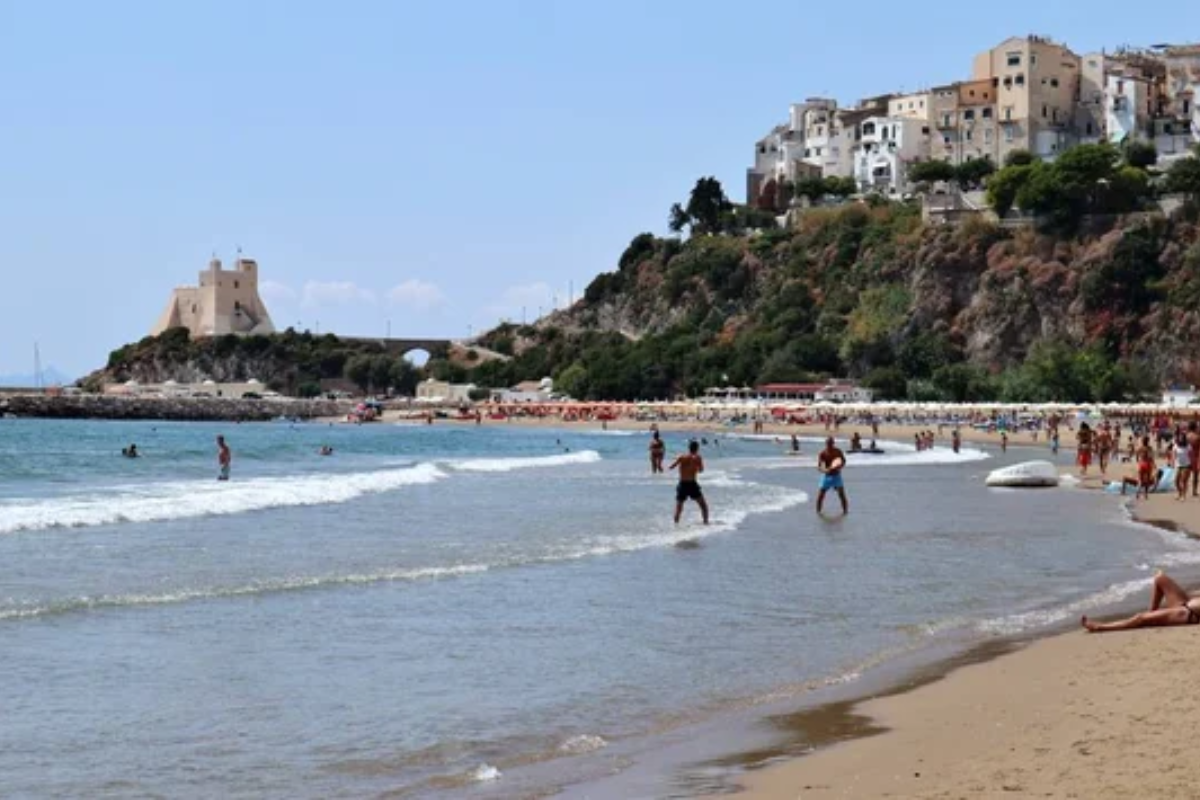
Midway between Rome and Naples lies this bright white village dramatically positioned atop a headland separating two stretches of sandy shoreline. The town’s dazzling whitewashed buildings, connected by arched passageways and steep staircases, reflect architectural influences from nearby North African shores.
Emperor Tiberius established his seaside villa here, complete with a natural grotto transformed into an elaborate dining area where remarkable sculptures—now housed in the local archaeological museum—once decorated pools and niches around feasting areas. The modern town maintains a relaxed atmosphere despite its proximity to Rome, with family-friendly beaches extending in both directions from the promontory and waterfront restaurants specializing in spaghetti alle vongole featuring clams harvested from local waters.
The absence of major hotels keeps Sperlonga feeling authentic even during busy summer months.
Porto Ercole, Tuscany
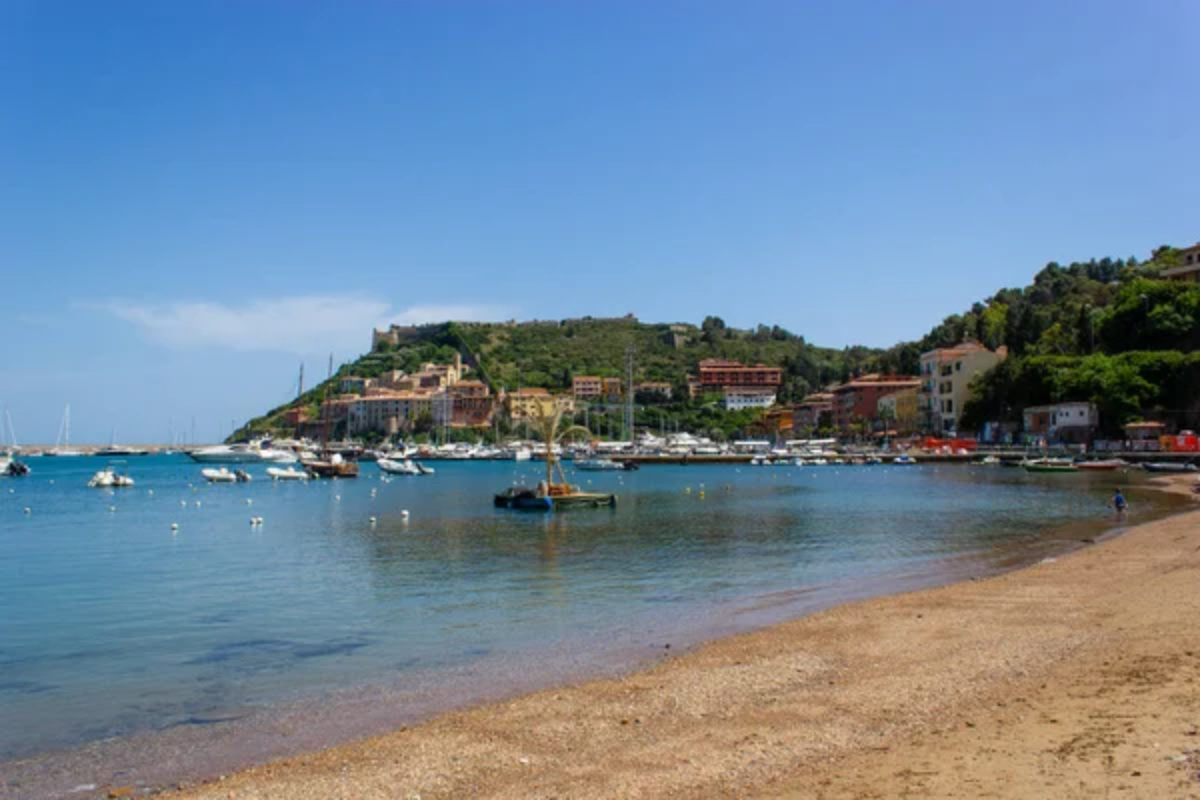
On Tuscany’s Monte Argentario peninsula, this sophisticated harbor town wraps around a natural bay protected by impressive Spanish fortifications built in the 16th century. The strategic location made Porto Ercole a contested territory for centuries—a military history now transformed into scenic viewpoints and architectural interests for modern visitors.
The harbor fills with everything from traditional wooden fishing boats to luxury yachts, while the surrounding coast features hidden coves accessible by boat or adventurous hiking paths through Mediterranean scrub. The town gained artistic significance as the place where Caravaggio died in 1610 while traveling along the coast—a heritage commemorated with a small memorial near the harbor.
Modern Porto Ercole balances authentic working port activities with upscale dining options featuring the day’s fresh catch prepared according to Tuscan maritime traditions.
Like Travel Pug’s content? Follow us on MSN.
Camogli, Liguria
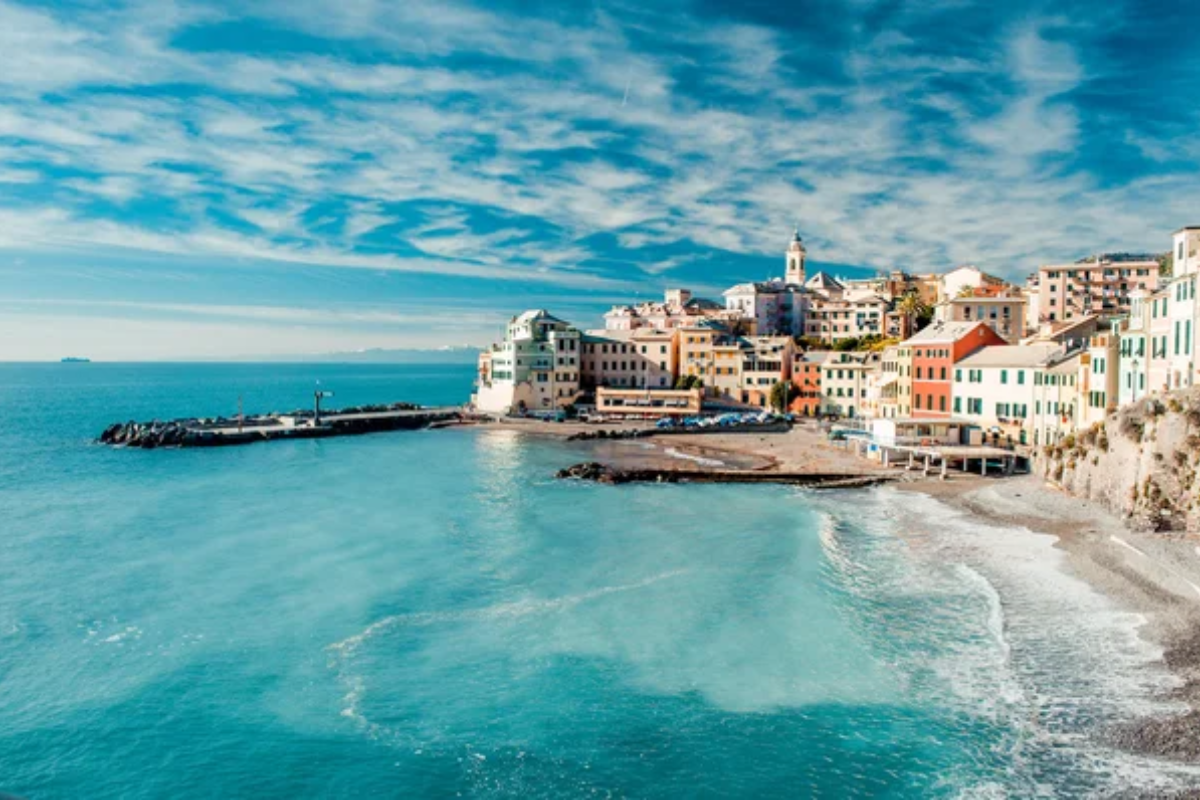
Often overshadowed by its glamorous neighbors along the Italian Riviera, this authentic fishing village offers colorful trompe l’oeil building facades decorated with painted architectural elements that create illusions of grandeur on otherwise simple structures. The harbor remains genuinely functional rather than purely decorative—each morning, fishing boats return with catches that supply the town’s excellent seafood restaurants specializing in fresh anchovies and sea bass.
The black pebble beach stretches beneath the colorful waterfront buildings, providing a distinctive contrast to the pastel colors above. During the second Sunday in May, the town celebrates its maritime heritage with the Sagra del Pesce, when a massive frying pan over 12 feet in diameter cooks fish for thousands of visitors in a tradition dating back over 600 years.
Atrani, Amalfi Coast
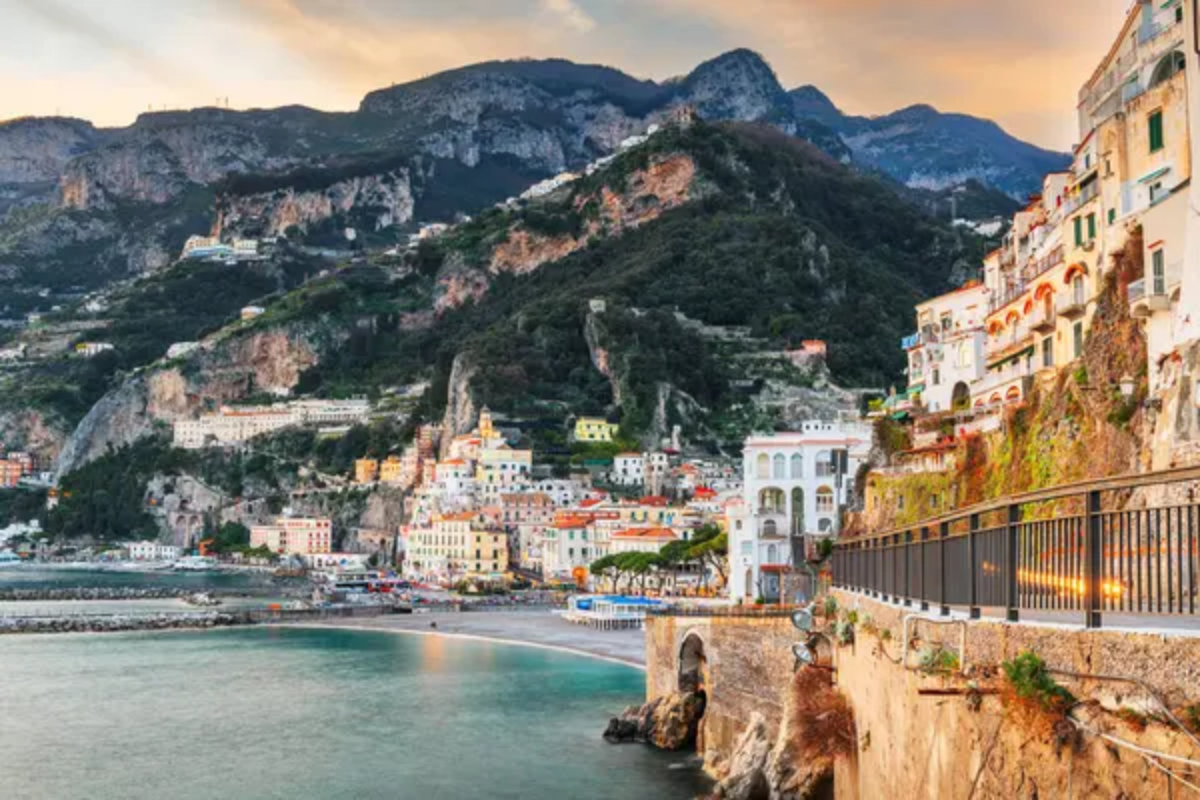
Just around the headland of famous Amalfi, yet remaining remarkably authentic, Atrani preserves the atmosphere of traditional coastal life despite its prime Amalfi Coast location. The town occupies a narrow valley ending at a small beach, with buildings climbing the steep hillsides in picturesque tiers connected by arched passageways and stone stairways worn smooth by centuries of use.
The central piazza sits just steps from the waterfront yet feels like a hidden discovery—orange trees provide shade while locals gather at the square’s small café throughout the day. Atrani’s size—it’s officially Italy’s smallest commune—creates an intimacy rarely found in more famous coastal destinations.
The 10th-century Church of San Salvatore de’ Birecto, where doges of the ancient Maritime Republic of Amalfi were crowned, stands testament to the town’s historical importance despite its diminutive modern footprint.
Vieste, Puglia
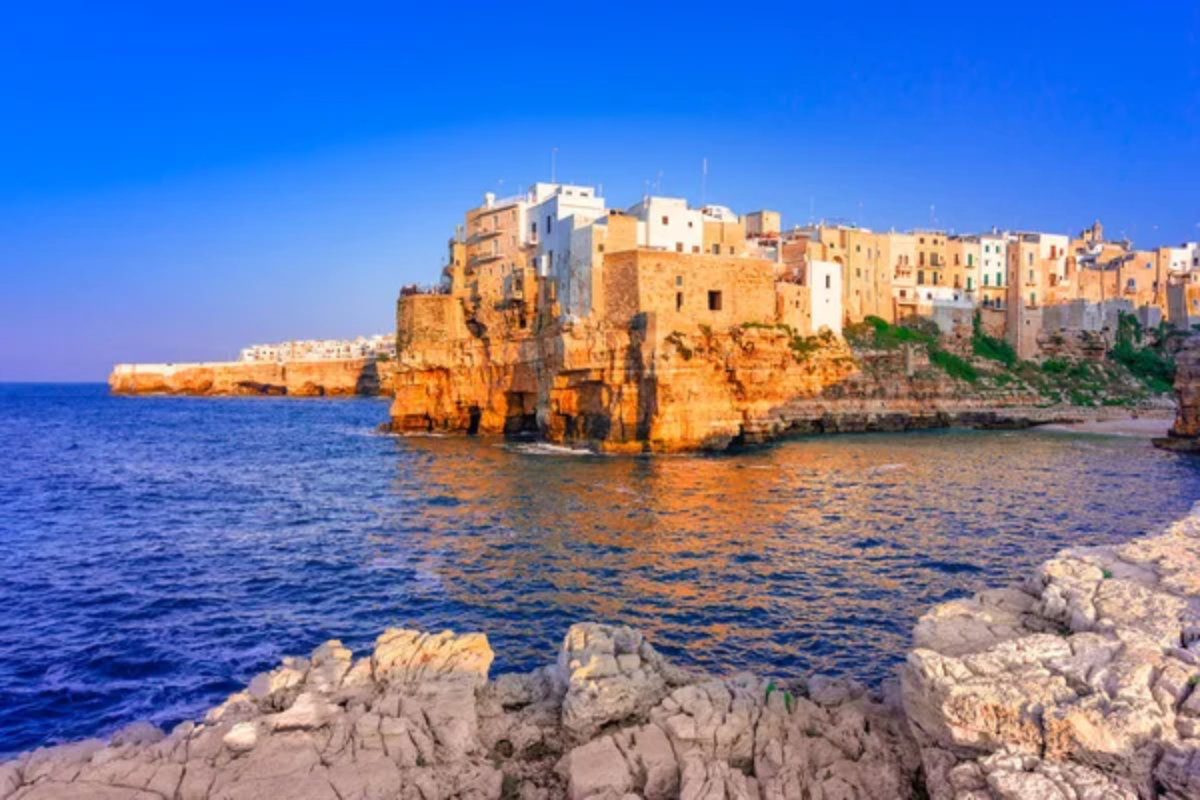
This gleaming white town crowns a rocky peninsula extending into the Adriatic from the Gargano promontory—Italy’s “spur” on the boot-shaped peninsula. Narrow medieval streets wind through the historic center, occasionally opening to reveal stunning sea views from both sides of the headland. The surrounding coastline features remarkable limestone formations, including the famous Pizzomunno—a massive white rock monolith standing 80 feet tall beside the town beach.
Local legends tell how this stone column represents a transformed lover eternally watching over the sea. The coastline extending from the town includes over 100 sea caves accessible by boat tours, along with hidden coves and beaches framed by distinctive white limestone cliffs.
The surrounding Gargano National Park provides a rare combination of pristine beaches and mountain forests within minutes of the historic center.
Like Travel Pug’s content? Follow us on MSN.
Scilla, Calabria
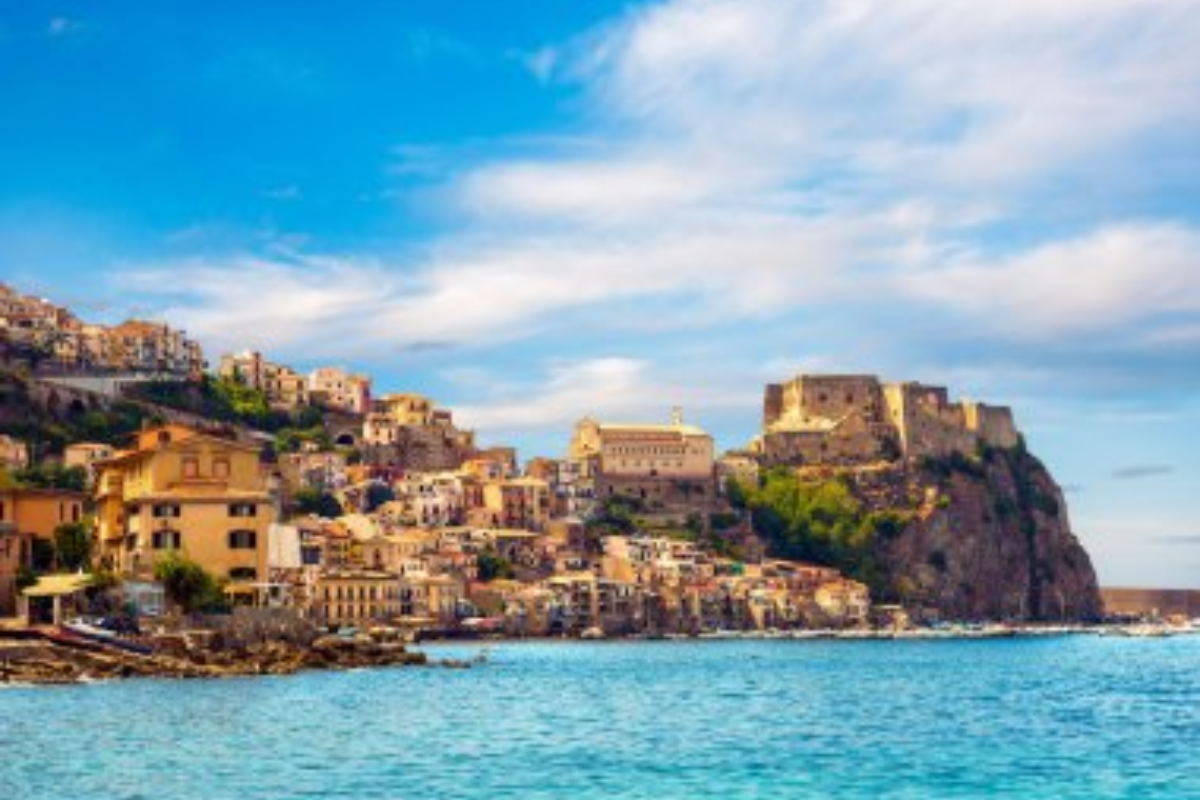
Overlooking the narrow Strait of Messina separating mainland Italy from Sicily, this ancient fishing village features a distinctive neighborhood called Chianalea, where buildings appear to rise directly from the sea. According to Homer’s Odyssey, the fearsome six-headed monster Scylla once inhabited the rocky promontory where now stands the Ruffo Castle, creating treacherous waters for ancient mariners.
Today’s Scilla maintains deep connections to the sea through its swordfish fishing traditions—distinctive boats with tall spotting masts and extended bowsprits operate from the harbor during summer months, employing hunting techniques unchanged for generations. The main beach—Marina Grande—stretches beneath the castle rock, providing swimming access to remarkably clear water with views across to Sicily and sometimes even Mount Etna on particularly clear days.
Evening meals in waterfront restaurants feature freshly caught swordfish prepared according to centuries-old recipes.
Santa Cesarea Terme, Puglia
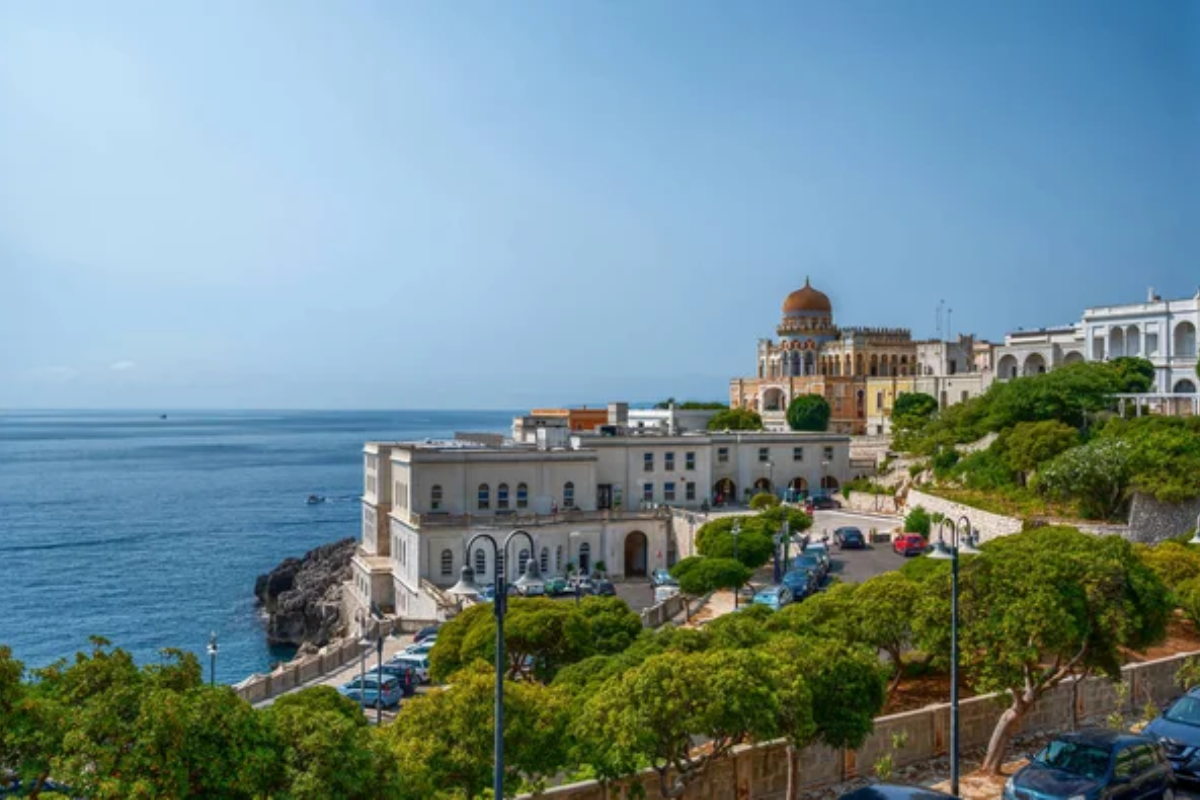
Built along a series of natural terraces overlooking the Adriatic, this thermal spa town features distinctive architecture combining Liberty Style (Italian Art Nouveau) with Moorish influences that reflect cultural connections across the narrow sea to nearby Albania. Four natural caves along the rocky coast emit sulfurous waters with therapeutic properties, forming the basis for both historic and modern spa facilities that have attracted wellness-seekers since ancient times.
The landmark Villa Sticchi exemplifies the town’s unique architectural heritage with its distinctive onion dome and intricate decorative elements inspired by Ottoman design. The surrounding coastline features a dramatic meeting of white limestone and deep blue water, with swimming access from platforms carved into the natural rock rather than conventional beaches.
Summer evenings bring multi-generational families to the main promenade for gelato and people-watching against spectacular sunset backdrops.
Lerici, Liguria
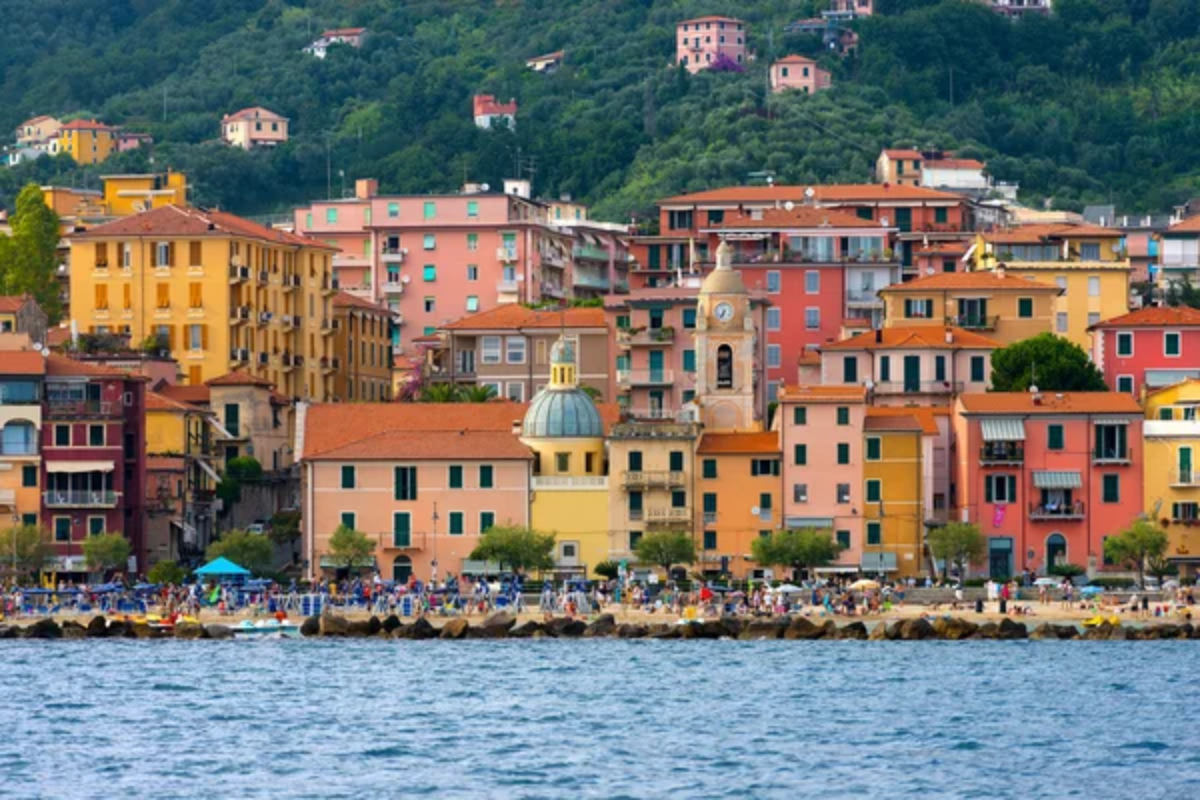
This colorful harbor town anchoring the eastern end of the Gulf of Poets has inspired literary figures from Shelley and Byron to D.H. Lawrence, who found inspiration in its picturesque setting. The imposing medieval castle standing guard over the harbor now houses a paleontology museum featuring prehistoric discoveries from surrounding caves.
The waterfront promenade connects Lerici with neighboring San Terenzo through a scenic pathway lined with distinctive umbrella pines and bathing facilities, accessing crystal-clear water. The surrounding hills feature networks of ancient mule paths now serving as hiking routes connecting hidden villages and offering panoramic views across the entire gulf.
Unlike the famously vertical towns of the Cinque Terre further up the coast, Lerici offers more gentle geography while maintaining equally impressive coastal vistas, creating a more accessible experience for visitors preferring fewer stairs.
Like Travel Pug’s content? Follow us on MSN.
Ortigia, Sicily
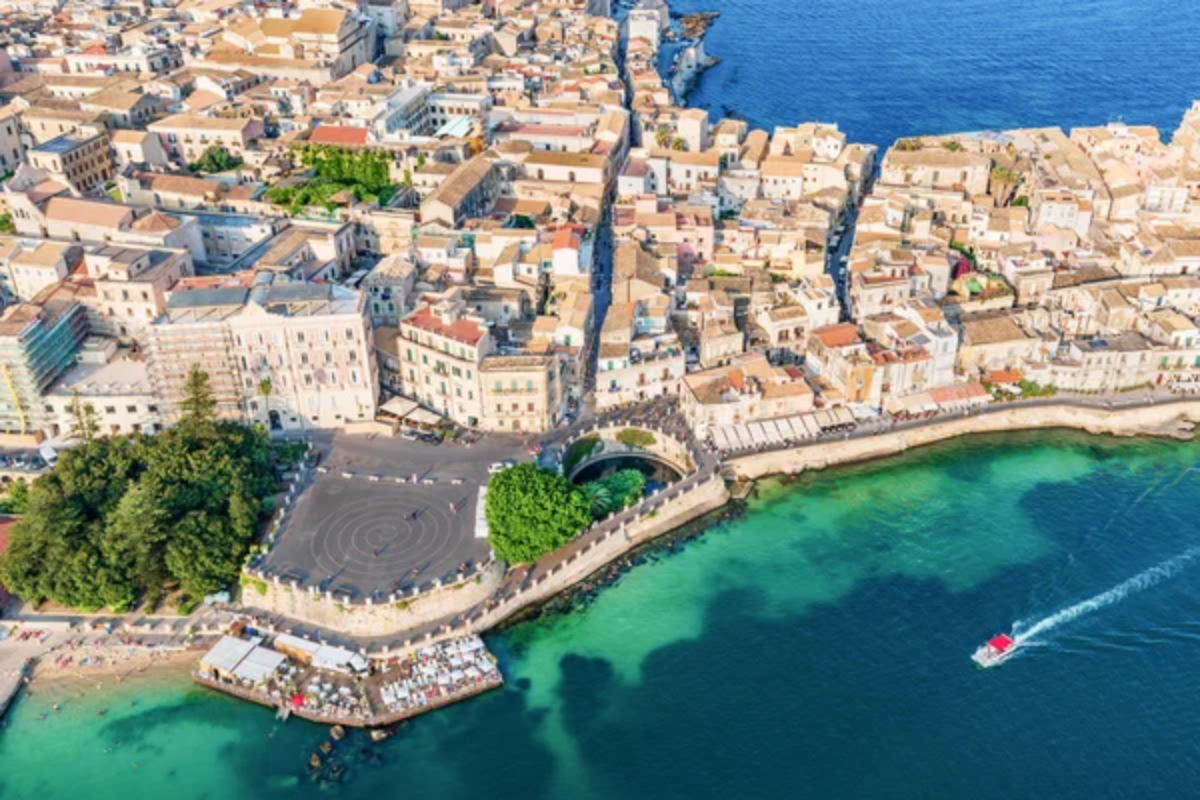
Technically the historical center of Syracuse rather than a separate town, this small island connected to mainland Sicily by three bridges preserves an extraordinary concentration of 2,500 years of Mediterranean history within its compact streets. Greek temples were incorporated into Christian churches, while Spanish fortifications added further layers to the architectural palimpsest visible throughout the island.
The salt-weathered baroque facades surrounding Piazza Duomo create one of Italy’s most harmonious urban spaces, while narrow side streets occasionally reveal surprising glimpses of the surrounding sea. The legendary Arethusa Spring—where fresh water bubbles up beside the salty Mediterranean—grows natural papyrus plants once used for ancient scrolls.
Local markets maintain traditions established when the city rivaled Athens in importance, with fishmongers conducting theatrical sales of tuna, swordfish, and sea urchins harvested from surrounding waters.
Maratea, Basilicata
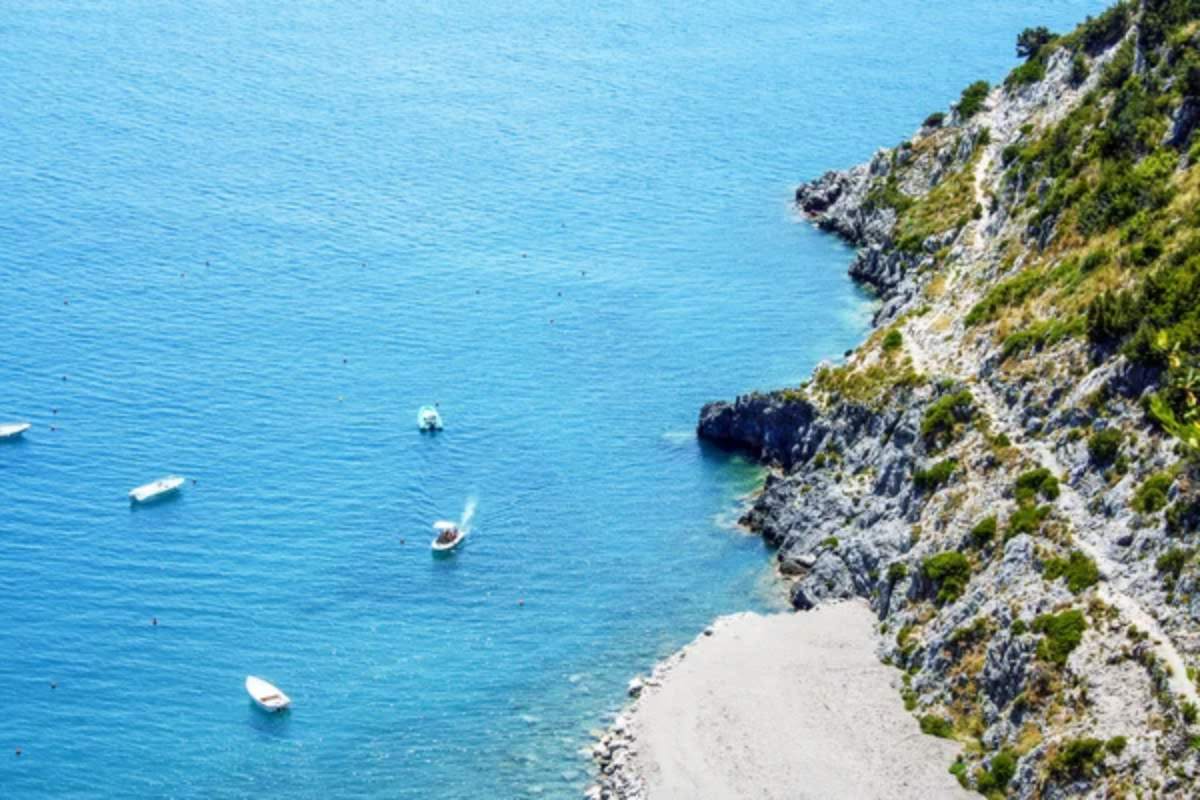
Often called the Pearl of the Tyrrhenian, this sophisticated town occupies a dramatic setting where mountains meet the sea along a coastline featuring 20 miles of coves, grottoes, and beaches accessible primarily by boat. Unlike many Italian coastal towns concentrated around a single harbor, Maratea comprises several distinct settlements scattered across mountainous terrain, including the main historic center nestled 1,300 feet above sea level.
The town’s most distinctive feature—a massive Christ the Redeemer statue even larger than its famous Brazilian counterpart—crowns Monte San Biagio, offering spectacular panoramic views across the Gulf of Policastro. The harbor area called Marina di Maratea provides access to crystal waters that have earned Blue Flag environmental certification, while hidden beaches like Fiumicello offer natural swimming environments far from summer crowds that concentrate on more accessible shores.
Otranto, Puglia
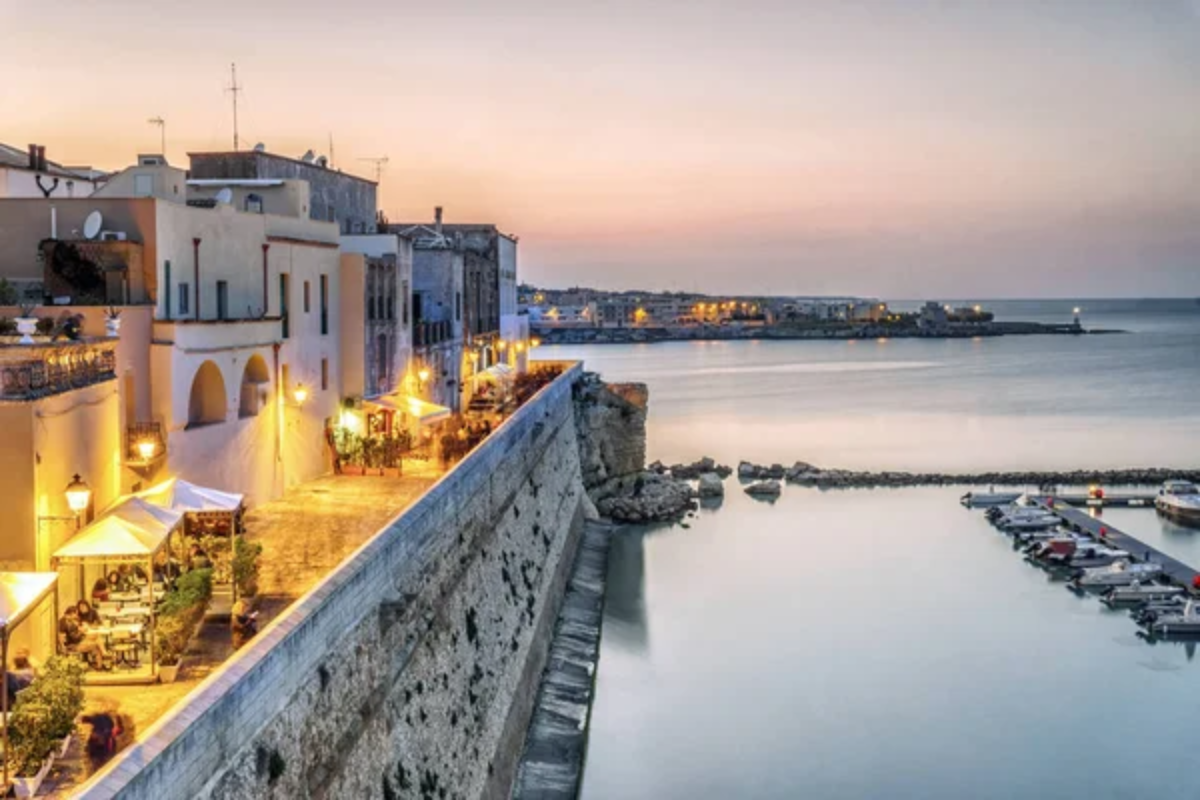
Italy’s easternmost settlement guards a natural harbor where fishing boats now dock alongside pleasure craft in waters that once saw Byzantine galleys battling Ottoman invaders. The compact old town remains fully encircled by massive defensive walls built after the tragic Turkish siege of 1480 when 800 citizens refused to convert to Islam and were executed—their remains are displayed in the extraordinary Cathedral of Santa Maria Annunziata, which also houses Italy’s largest medieval mosaic floor depicting an elaborate Tree of Life.
The town beach—directly accessible from the historic center—offers pristine swimming conditions in waters so clear they’ve earned the name “Alimini” from the Greek word for transparent. The natural harbor creates perfect conditions for stunning sunrises—Otranto is Italy’s most easterly point, where the first light touches national territory each morning.
Like Travel Pug’s content? Follow us on MSN.
Beyond Picture-Perfect Postcards
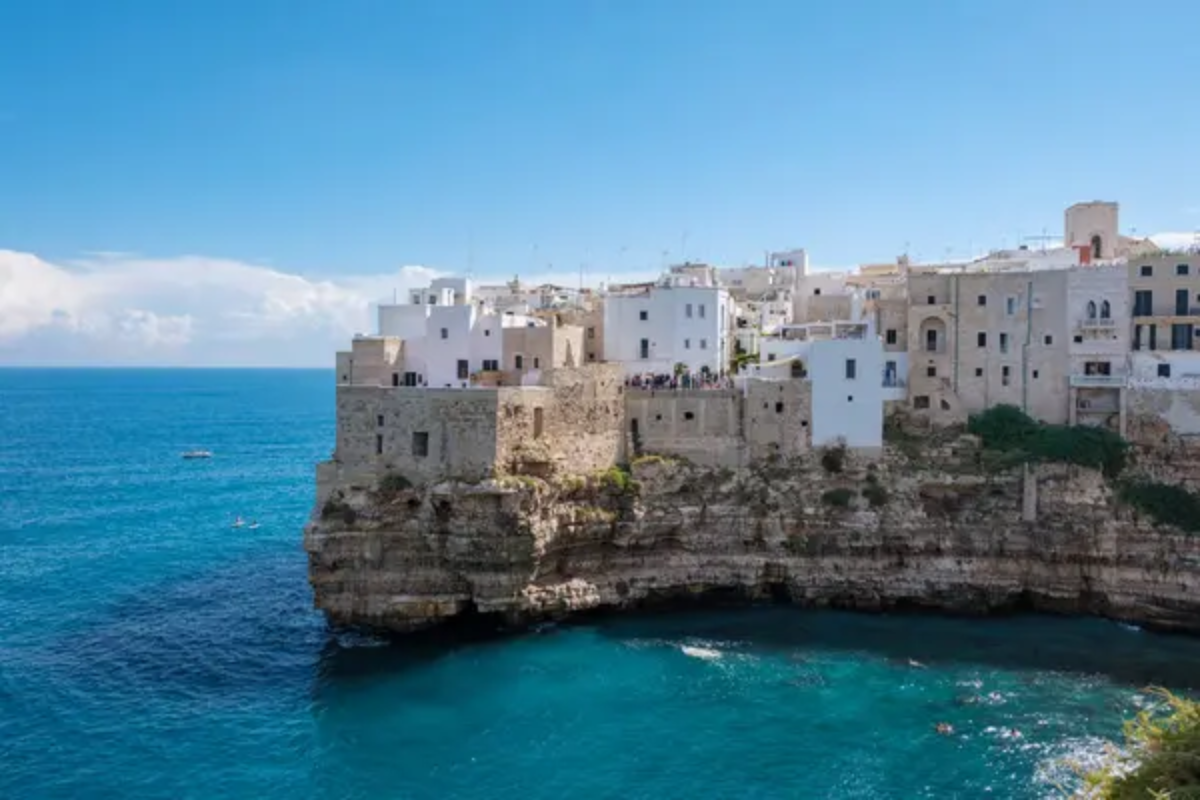
Italy’s coastal towns offer more than just scenic beauty—they provide windows into distinctive local cultures shaped by centuries of maritime traditions and natural rhythms. These 17 seaside communities represent the tremendous diversity found along Italian shores, from glamorous harbors where mega yachts dock alongside fishing vessels to authentic villages where families have harvested the sea for countless generations.
The distinctive atmosphere of these towns—where church bells mark time, fresh catches determine daily menus, and evening passeggiata strolls bring communities together—creates travel experiences that engage all senses while connecting visitors to the timeless relationship between Italians and their magnificent coastline.
More from Travel Pug

- Cities Growing so Fast You Won’t Recognize Them in 10 Years
- 13 Destinations Where Tourists Regularly Regret Their Trip
- 16 U.S. Cities That Are Quietly Becoming Travel Hotspots
- Where to Travel If You Love Long Bus Rides and Daydreams
- 20 Cities Perfect for Solo Travelers Who Crave Adventure & Culture
Like Travel Pug’s content? Follow us on MSN.
